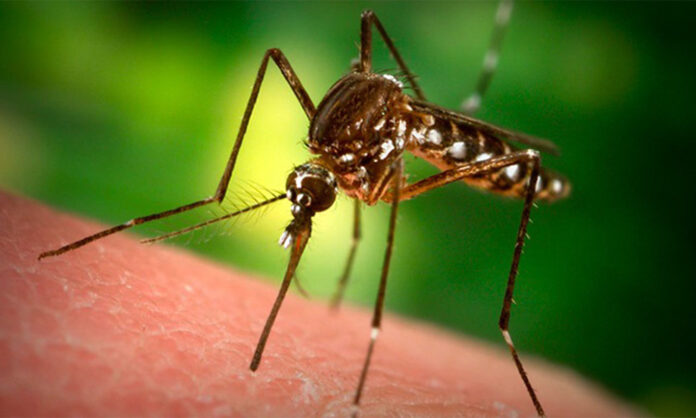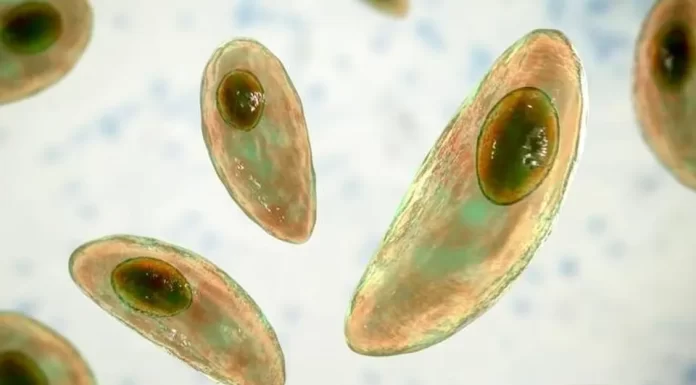Argentina’s epidemic of Western Equine Encephalitis: A comprehensive look at the virus. On December 20, 2023, Argentina announced the discovery of a human case of the Western Equine Encephalitis Virus (WEEV), ending more than two decades without a documented human case.
The new patient, an adult from Santa Fe province, experienced sudden-onset fever, headache, myalgia, dizziness, and disorientation.
Despite needing mechanical ventilation and critical care, the patient was released from the hospital and is presently being monitored remotely.
The Pan American Health Organization/World Health Organization (PAHO/WHO) was notified of a human case by the International Health Regulations National Focal Point (IHR NFP) in Argentina.
Argentina and Uruguay have reported 21 human cases and 374 animal cases of WEEV illness since December 2023. The majority of sick animals were in the province of Buenos Aires.
In Argentina, 21 of the 91 individuals who had a WEEV test were unwell. Thirteen had to stay in the hospital, eight need critical care, and one tragically passed away. The virus was spread by a variety of outdoor activities and occupations.
The Western Equine Encephalitis Virus: What Is It?
Humans and equines (horse family) are the main targets of the uncommon but dangerous Western Equine Encephalitis Virus (WEEV). The virus that infects humans and horses is spread by mosquitoes.
The virus is a member of the Togaviridae family’s genus Alphavirus, which is also home to the viruses that cause Venezuelan Equine Encephalitis (VEE) and Eastern Equine Encephalitis (EEEV).
In humans, WEEV can result in a variety of symptoms, including mild, moderate, to severe cases of aseptic meningitis and encephalitis (brain inflammation).
Birds serve as the virus’s reservoirs, and mosquito bites are the main way that the infection is spread.
WEEV SYMPTOMS
The most common initial symptoms of severe human instances of WEEV include fever, headache, stiff neck, vomiting, and lethargy. The sickness may worsen to the point of disorientation, irritation, seizures, and coma in two to four days.
Meningitis, encephalitis, and myelitis are examples of neurological manifestations.
PREVENTIVE ACTIONS
Especially in regions where outbreaks are currently occurring, preventive actions against the WEEV are essential.
These include donning protective gear, installing screens on doors and windows, staying under mosquito nets when sleeping, and avoiding outside activities between dusk and dawn when mosquitoes are most active.
Vector control methods and environmental management to lessen mosquito breeding areas are also advised.
Vaccination is recommended for horses in order to attain high coverage in high-risk areas.
MEDICAL CARE
Other than supportive care, there is no particular antiviral therapy for WEE.
Certain symptoms can be relieved and fever reduced using over-the-counter pain medicines. In extreme circumstances, hospitalization can be required.
Supportive therapy, such as intravenous fluids and anti-inflammatory drugs, comprises the treatment regimen for horses.




























